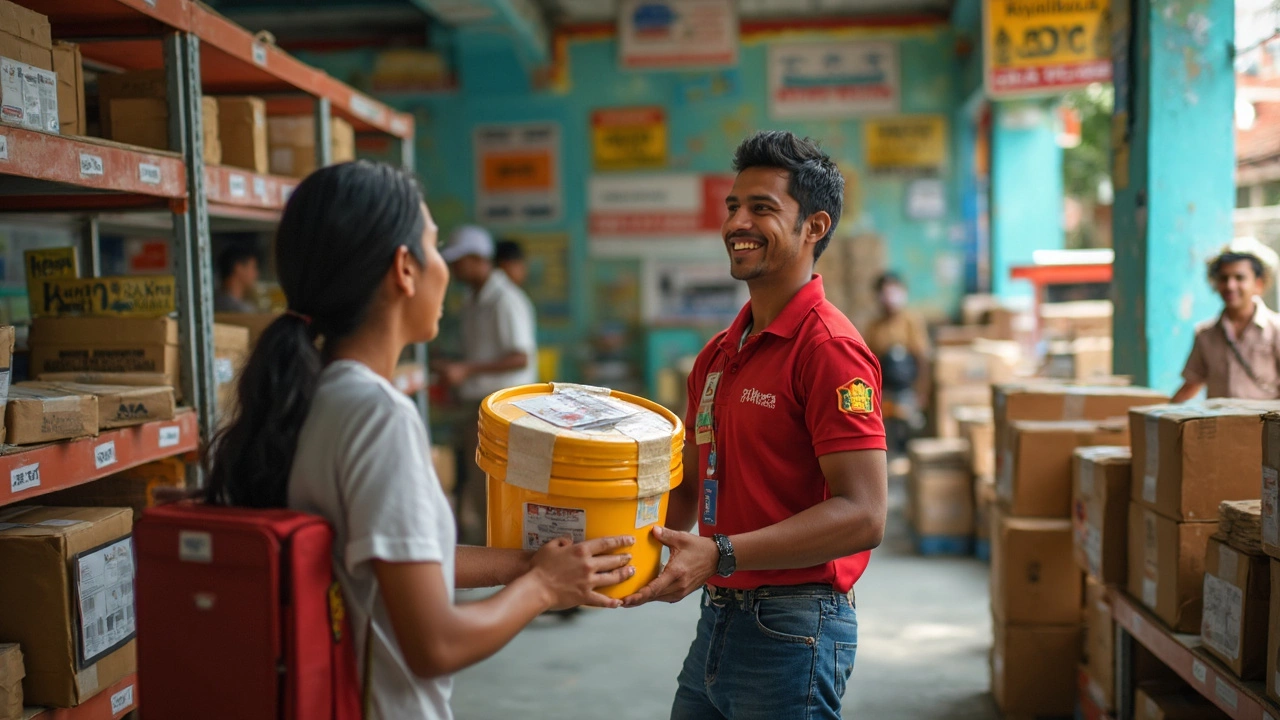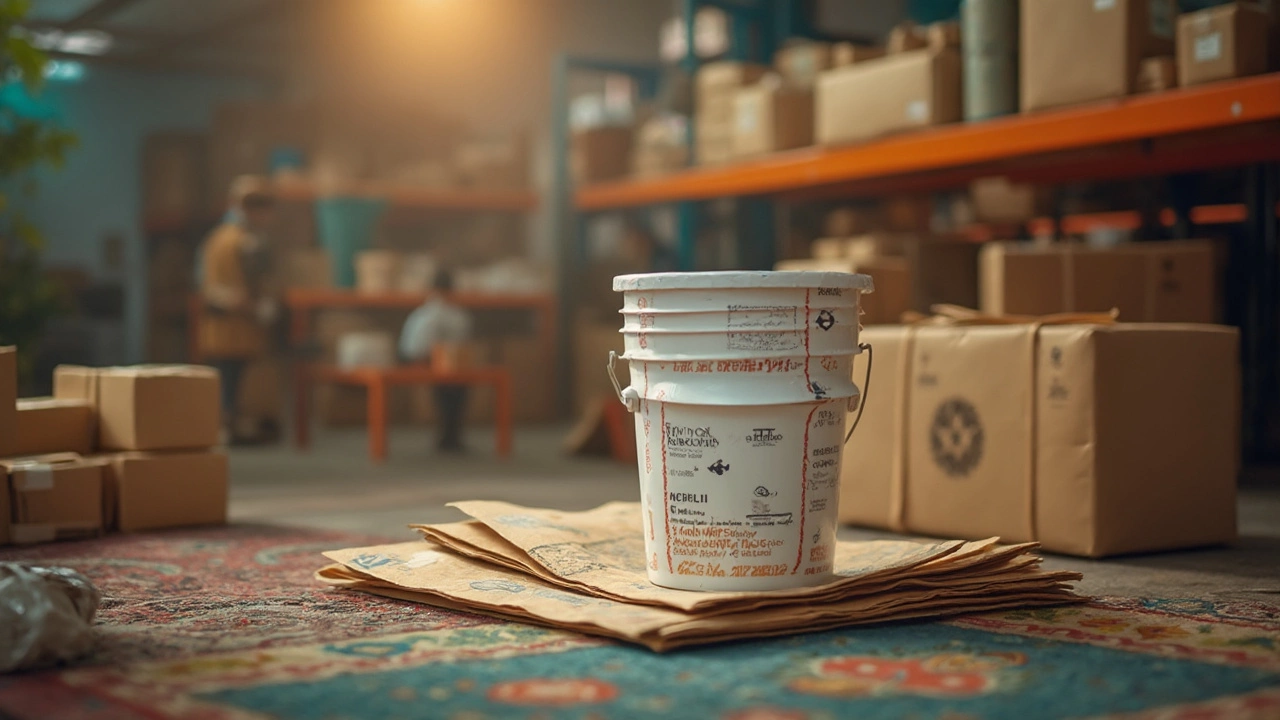5 Gallon Bucket: What It Is and Why It Matters
If you run a warehouse, a catering service, or any operation that moves liquids or powders, you’ve probably seen the sturdy plastic container called a 5 gallon bucket. It’s cheap, reusable, and fits nicely on standard pallets. But there’s more to it than just a big plastic bucket. Knowing the right material, lid type, and packing method can save you time, money, and headaches.
Choosing the Right Bucket for Your Product
Most 5 gallon buckets are made from high‑density polyethylene (HDPE) because it resists chemicals, doesn’t crack in cold weather, and is lightweight. If you’re storing food‑grade items, look for a bucket that’s FDA‑approved and has a food‑safe lining. For industrial chemicals, a UV‑stabilized HDPE bucket helps protect the contents from sunlight degradation.
Cap options also matter. A standard screw‑on lid is fine for dry powders, but liquid products benefit from a locking lever or a tamper‑evident seal. Some buckets come with spouts for easy pouring – a real time‑saver if you’re dispensing oil, cleaning solutions, or paint.
Packing and Shipping Tips to Avoid Damage
When you stack buckets on a pallet, always place a sturdy cardboard sheet or a thin plywood board on top and bottom. This keeps the lids from crushing and spreads the load evenly. Use stretch film around the whole pallet; a tight wrap prevents the buckets from shifting during transit.
If you’re shipping internationally, remember that many freight carriers treat a 5 gallon bucket as a single unit, not a “container.” That means the dimensions (about 14" tall by 12" wide) affect your cubed‑meter calculations. To stay within weight limits, keep each bucket under 12 kg (26 lb) unless you’ve arranged a special handling agreement.
Label the outside clearly with the product name, hazard symbols (if any), and a barcode for inventory tracking. A quick scan at the dock speeds up receiving and reduces errors in the warehouse management system (WMS).
Cleaning is another practical point. If you reuse buckets, rinse them with hot water and a mild detergent, then let them dry completely before refilling. For food items, a sanitizing solution is a must to avoid cross‑contamination.
Finally, consider the lifecycle cost. A good quality 5 gallon bucket can last years, but cheap ones often crack after a few uses. Investing in a slightly higher‑priced, impact‑resistant bucket pays off with fewer replacements and less product loss.
In short, a 5 gallon bucket may look simple, but the right choice and proper handling keep your supply chain smooth. Whether you’re shipping cleaning chemicals across the country or storing bulk snacks for a catering gig, these tips help you get the most out of every bucket.
How Much Does It Cost to Ship a 5 Gallon Bucket? A Real-World Guide
Wondering about the cost to ship a 5 gallon bucket? This guide takes you through real numbers, key factors, and clever tips that actually save you money. We’ll break down how weight, distance, carrier, and packaging sway the price. Learn how to avoid hassle and get your bucket shipped internationally—or across the country—without blowing your budget. Grab the details and dodge the costly surprises.
Read MoreCan I Ship a 5 Gallon Bucket via UPS?
Shipping a 5-gallon bucket with UPS might seem straightforward, but there are some key points to understand to avoid any hiccups. This article will guide you through the process, covering packaging tips, cost considerations, and potential restrictions. We'll also discuss the nuances of international shipping and how they might affect your plans. By the end, you'll be well-prepared to ship your bucket efficiently and without surprises.
Read More
